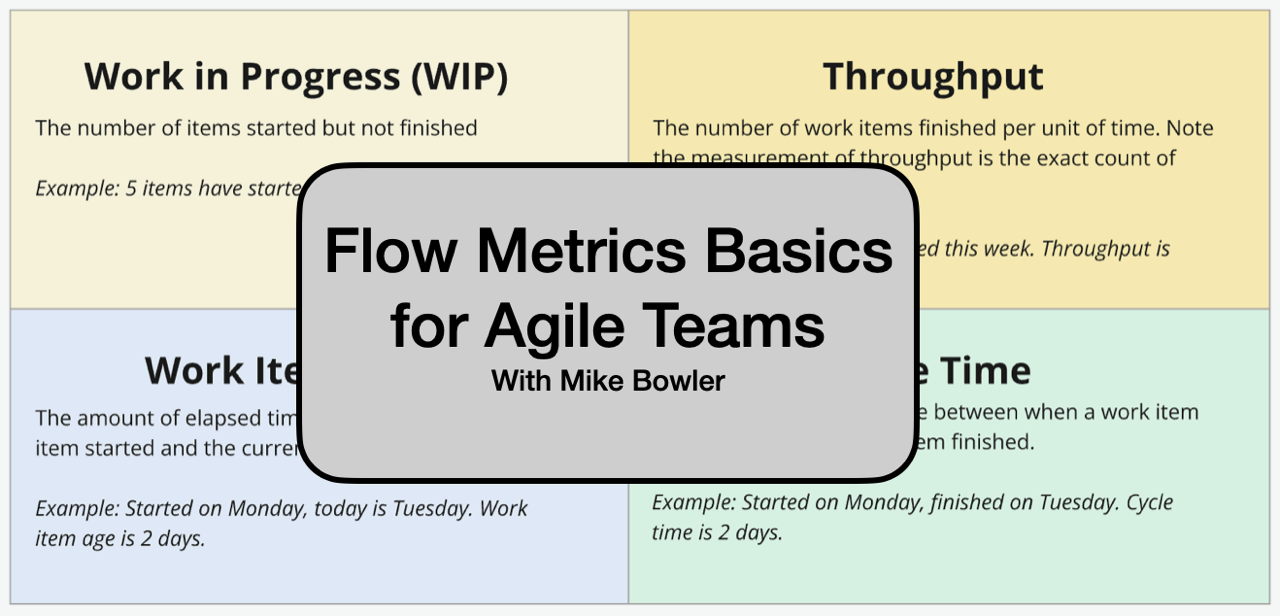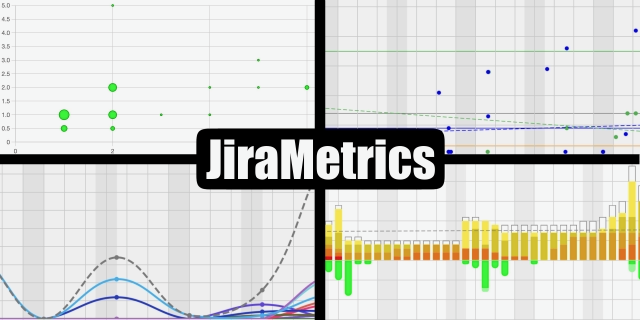Mike has many opinions on metrics, from how we collect them to how we use them, but those things that he’s written about them are scattered across multiple websites. This site started out as a joke at Agile Open Canada 2025, and in a fit of sleeplessness, became real as he realized that having a single starting point that leads people to all the right articles, might actually be useful.
Free stuff
Measuring flow metrics
- Understanding basic flow metrics of Cycletime, Throughput, Work In Progress (WIP), and Work Item Age
- Understanding flow efficiency, a very powerful metric that’s rarely used because of the difficulty in measuring it.
- In order to measure any of the basic flow metrics, we need a clear definition of the start and end points
- Common problems with flow metrics
- We often collect the wrong data
- We often misinterpret what’s there
- We often use the wrong level of information when trying to make decisions.
- We focus on keeping people busy instead of optimizing for any of effectiveness, efficiency, or predictability.
- We don’t slice the work well and this skews the data. See how to slice stories or slice epics
Gaming metrics
- If people know that a thing is being measured, they’ll change their behaviour to ensure that measurement makes them look good. Sometimes the result of that behaviour change is so wildly different from the desired outcome, that it causes other problems. That’s a perverse incentive.
Metrics from Jira
You should really use an existing tool to extract metrics from Jira, like my own JiraMetrics, but if you really want to do it yourself, I’ve documented the API’s I use.
When will we be done?
When trying to answer the question “when will we be done?”, we often try to estimate how big the individual work items are, and this is complete waste. What we want to do instead, is to create a probabilistic forecast. In a nutshell, an estimate is a made up number based on how we feel about complexity, and a probabilistic forecast is a far more accurate mathematical calculation based on historical data. It’s time for estimates to go away.
Part of having an accurate forecast is ensuring that the data itself is inherantly predictable and there are specific things we can do, to improve that prodictability.

